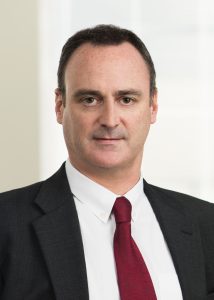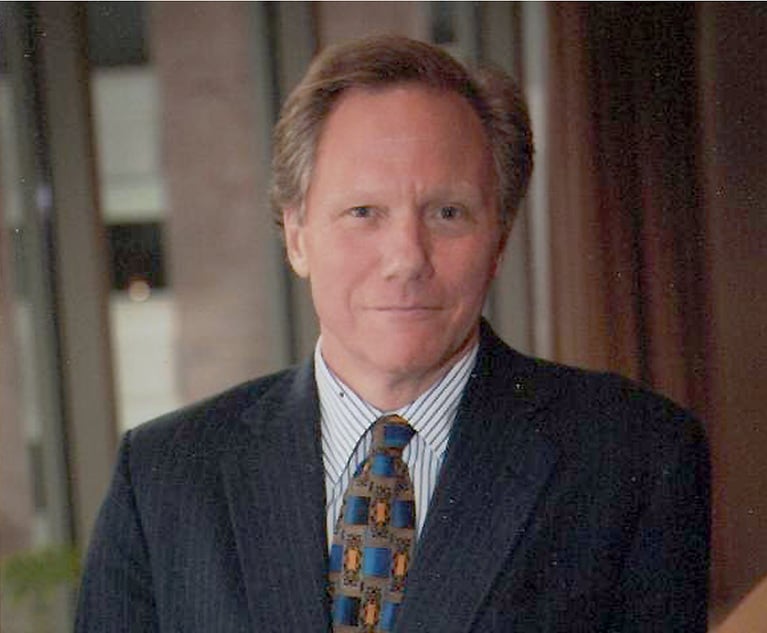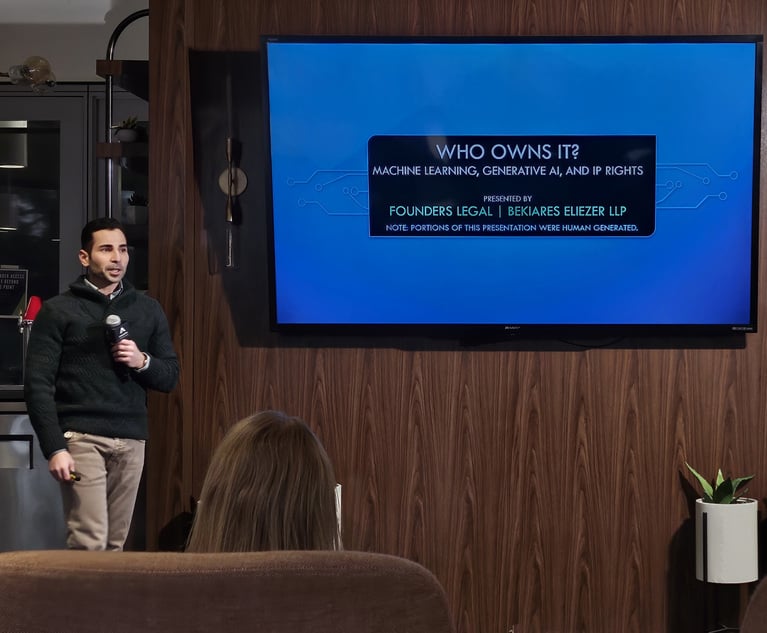One purpose of the patent system is to promote, not stifle, innovation. This line between promoting and stifling innovation can become a bit fuzzy. For example, patentees seek to protect functionality of their inventions by use of functional claim limitations that describe claim features in terms of their results without providing any specificity as to what the features are or how the claimed results are accomplished. On the face of it, such functional claim limitations may cover all ways of accomplishing the claimed results, including ways that are unknown at the time of the invention, which may deter others from attempting to invent improved ways of achieving the results.
Congress recognized this potentially detrimental effect of functional claiming and in the Patent Act of 1952 introduced a statute that limited the scope of a functionally claimed limitation to cover “the corresponding structure, material, or acts described in the specification and equivalents thereof.” This statute, currently codified under 35 U.S.C. § 112(f), has remained essentially unchanged since its inception. But, as with many aspects of patent law, application of the statute has evolved and particularly in more recent years with the proliferation of patents directed to software-related inventions.
 Peter Sistare
Peter Sistare


 (Photo: Shutterstock.com)
(Photo: Shutterstock.com)





